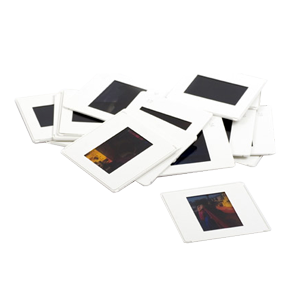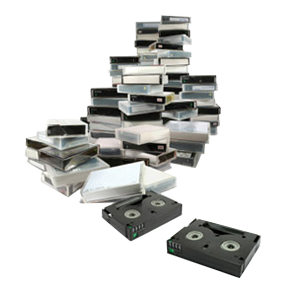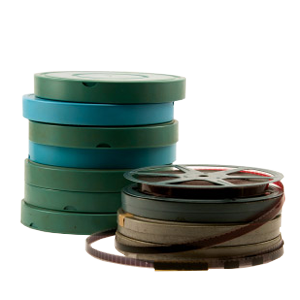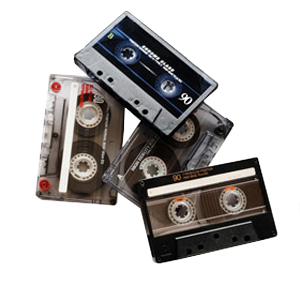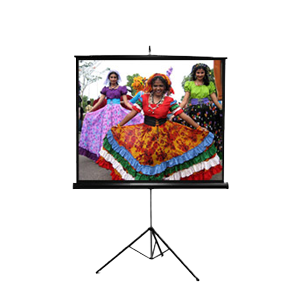When transferring videotapes as a digital files to a hard drive, you have flexibility in choosing the video format that best suits your needs. Depending on what you need the video for, choosing the right video format to use can make your life a bit easier, and save you some time.
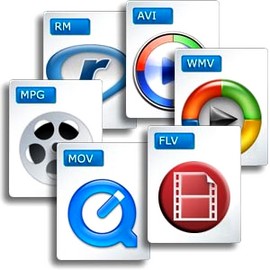 First, since not all devices and methods are alike, it depends on the method of videotape transfer. For high quality video transfers, you’ll want to capture the video straight to a computer hard drive, using a high speed data port such as Firewire. Firewire usually is recommended for high quality DV-AVI video capturing. This method will provide you with the highest quality files, best suited for editing work and post-production. This is the type of file we provide when you opt for the Edit-Ready AVI File transfer.
First, since not all devices and methods are alike, it depends on the method of videotape transfer. For high quality video transfers, you’ll want to capture the video straight to a computer hard drive, using a high speed data port such as Firewire. Firewire usually is recommended for high quality DV-AVI video capturing. This method will provide you with the highest quality files, best suited for editing work and post-production. This is the type of file we provide when you opt for the Edit-Ready AVI File transfer.
However, if you do not plan on editing anything in your video, and simply want a video file that is ready to be shared with the world, transferring your file as a web-ready MPEG might be a better option. Using the raw video footage is perfectly fine, but it’s a bit overkill as it’s about 14gb per hour of video which means long upload and file transferring times. For a web-ready MPEG file, you have a few options. You can transfer the videotape to a DVD, then use the footage from the DVD to upload to various social media/file hosting sites. Another option is to capture the video directly to the computer as an MPEG file. MPEG compression is great for web-video because of the small file sizes taking advantage of portability and shorter upload times.
No matter which method you choose, you’ll be able to accomplish what you need. Doing it one way or the other will save you time and some sanity, however.
For a complete list of recommended video file types, click here!




